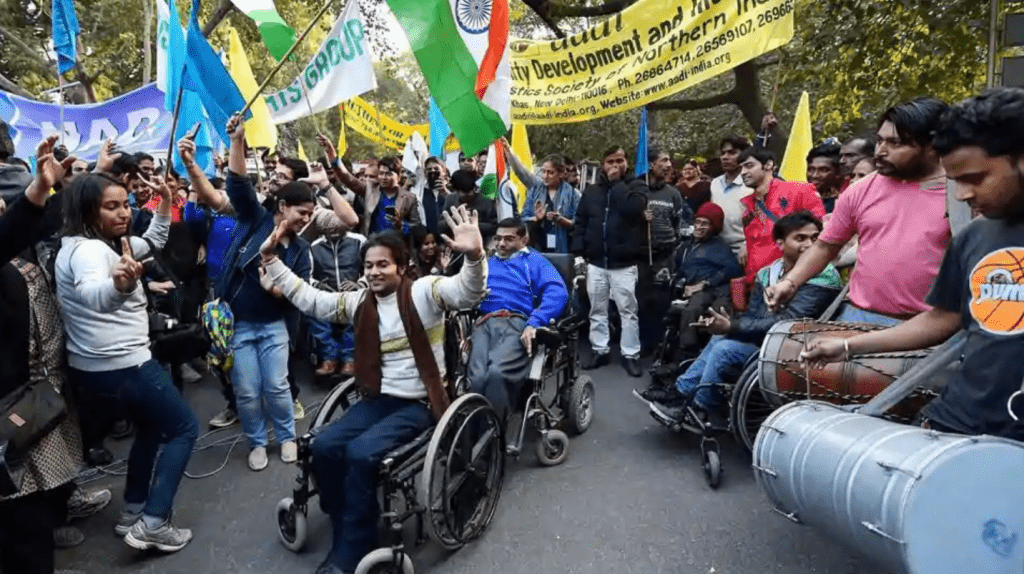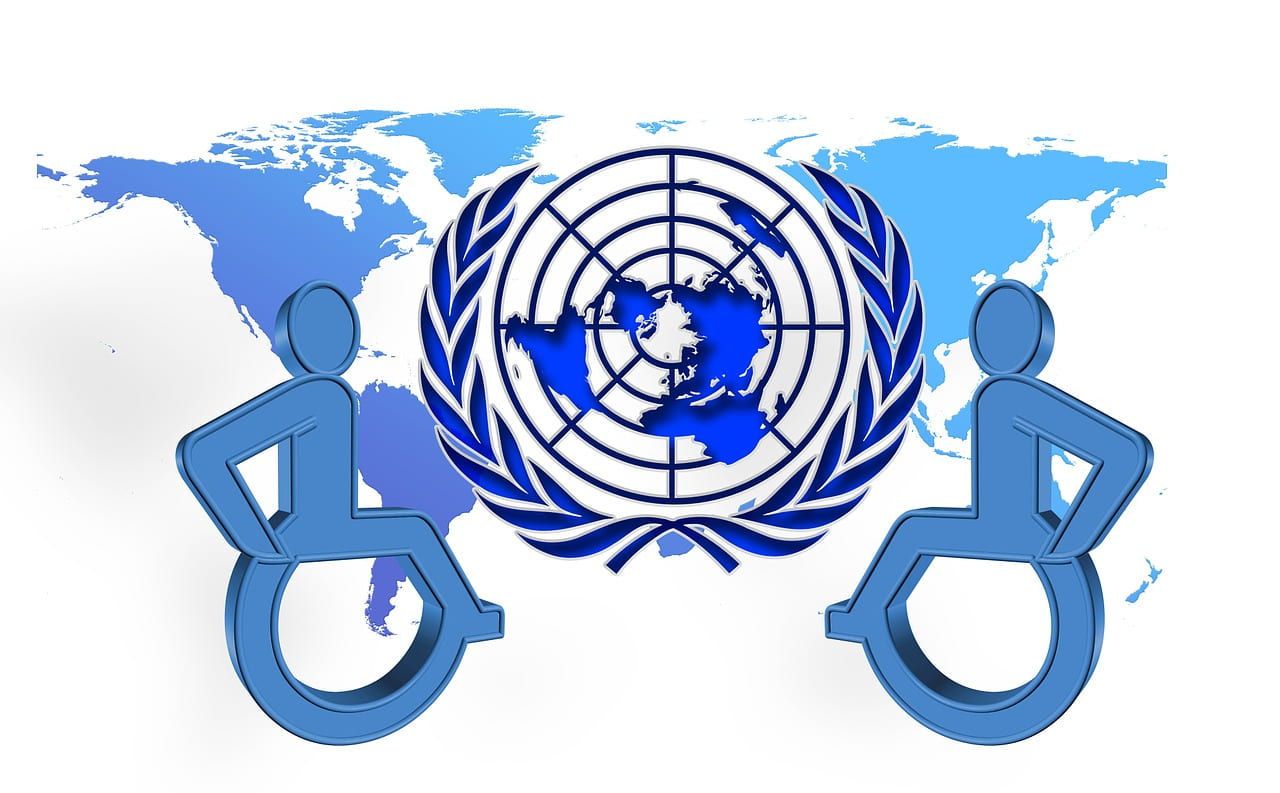Today, December 3, 2018, is the International Day of Persons with Disabilities (IDPD), an observance promoted by the United Nations (UN). This year’s theme, “Empowering persons with disabilities and ensuring inclusiveness and equality,” accommodates the 2030 Agenda for Sustainable Development’s pledge to “leave no one behind” which envisions sustainable urbanization, namely through a smart-city approach that prioritizes digitalization, clean energy, technologies, and service delivery. Such ambition is salient to persons with disabilities because, above all, achieving these goals will result in communities that are more accessible and inclusive for everyone.
It is argued the main contribution to why persons with disabilities have been excluded from public life is the practice of the medical model of disability (MMD) which embraces the perspective of non-disabled persons, reducing persons with disabilities to dysfunctional people in-need of medical treatment, with emphasis on normative functioning of the body. As a result, persons with disabilities are often assigned a sick role that exempts them from activities and expectations of productivity, leaving them as passive recipients of medical goods and services. These medicalized expectations of normality, restoration, and functional independence can devalue the lived experiences of persons with disabilities, thus inviting discrimination into their daily lives.
On the contrary, the social model of disability (SMD) challenges the knowledge/power differential employed by medical authorities and suggests empowerment for persons with disabilities, ultimately strengthening the patient role and influencing changes in treatment paradigms. Furthermore, the SMD argues that social practices are what disable persons with impairments, placing many persons with disabilities into isolating circumstances and preventing full civil participation. Whether it be employment in Alabama or being a refugee in Kenya, the SMD challenges the MMD by suggesting persons with disabilities are an oppressed group that experiences discrimination and deserving of equal treatment.
On December 13, 2006, the UN adopted the Convention on Rights of Persons with Disabilities (CRPD), an international agreement which details the rights of persons with disabilities and lists codes for implementation, suggesting both states and disabled people’s organizations (DPOs) are to coordinate to fulfill such rights. In the following years, nations spanning the globe have ratified the CRPD, such as Jordan (2008) and Ireland (2018), thus strengthening protections for persons with disabilities. Although the United States is one of the only nations to have yet ratified the CRPD, this international document is largely modeled after the Americans with Disabilities Act (ADA), signed in 1990, which prohibits discrimination toward persons with disabilities. As a result, we are only seeing the beginning of what is to come for accessibility and inclusion for persons with disabilities, both domestically and globally.

To commemorate IDPD 2018, the Institute for Human Rights is holding a blog series today that addresses access, inclusion, and representation for persons with disabilities, namely through the influence of media and power of politics.
“Let the shameful wall of exclusion finally come tumbling down.” – George H.W. Bush at the signing of the ADA

